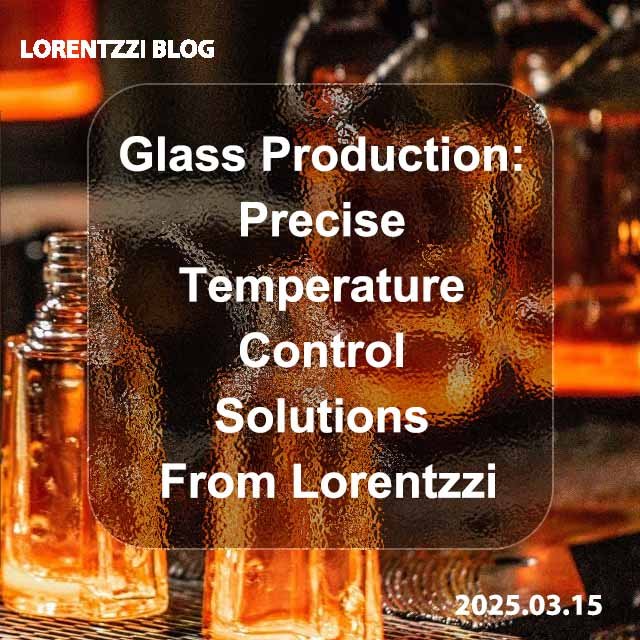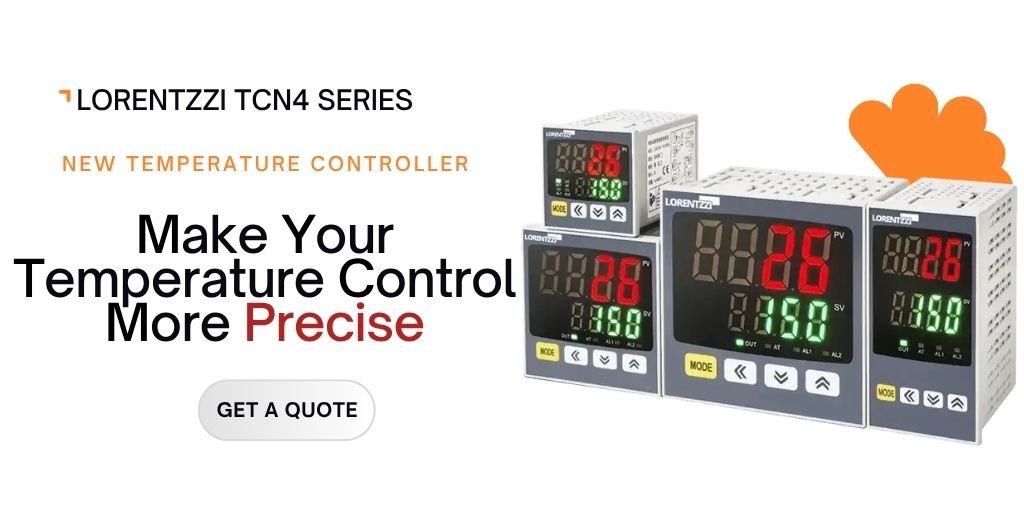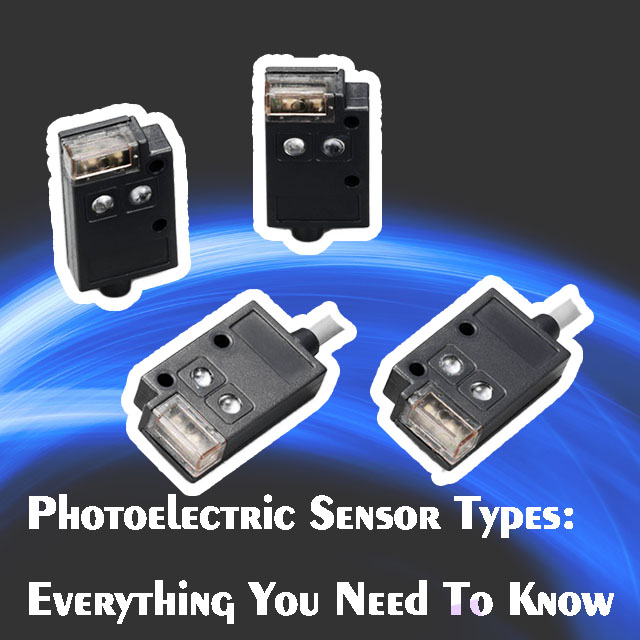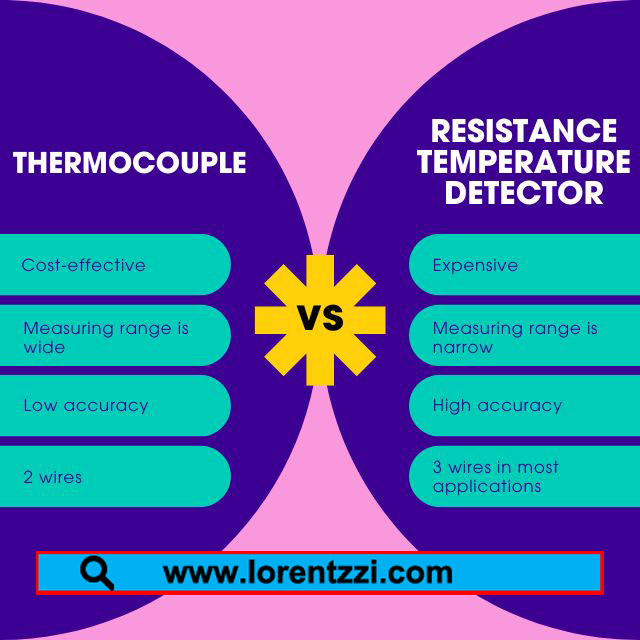In the glass factory’s production workshop, molten glass flows through the kiln like a golden river.
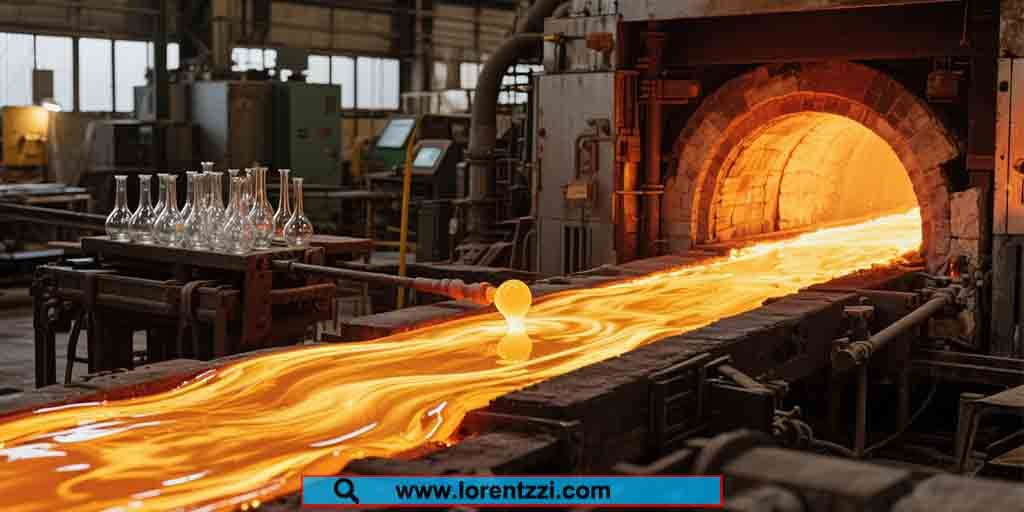
After undergoing processes such as forming and annealing, it is ultimately transformed into crystal-clear flat glass, precision instrument lenses, or art glass products.
Every step in the transformation of glass from solid raw material to transparent finished product requires precise temperature control.
Temperature is the “magician” of glassmaking, determining its transparency, strength, and chemical stability.
Lorentzzi Electric’s temperature control systems, built with температурные датчики, терморегуляторы, твердотельные реле или SCR power regulators, are becoming a core support system for glass companies to control production precision and improve product quality.
Melting: high temperature controls molten glass quality
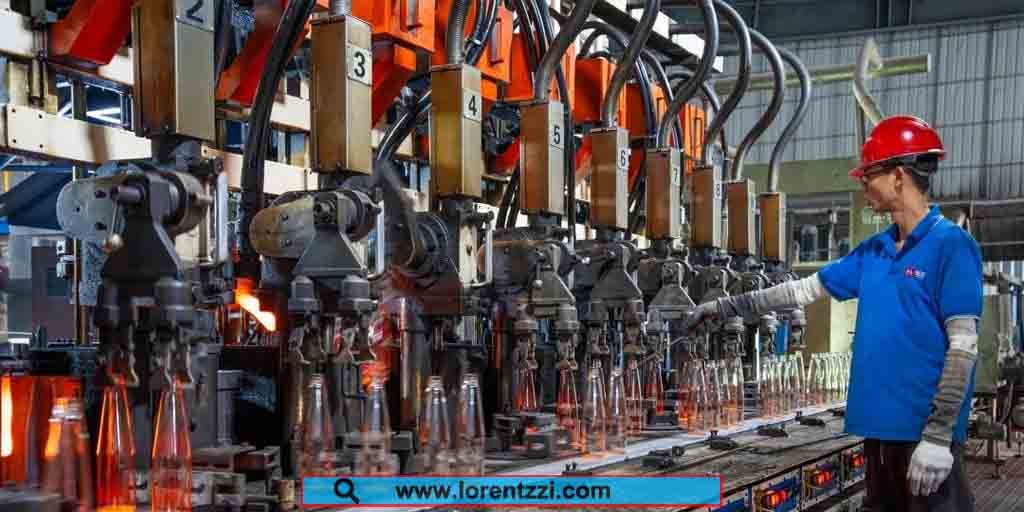
Glass melting is the process of melting raw materials, such as quartz sand and soda ash, at high temperatures into a uniform, transparent glass melt.
Controlling the kiln temperature directly determines the quality of the glass melt.
Take float glass production as an example.
The melting section of the tank kiln must maintain a stable temperature of 1550°C ± 10°C to fully melt the raw materials and eliminate bubbles and stones.
We once witnessed a glass factory experience a delayed response in the furnace temperature control system, resulting in temperature fluctuations of up to ±30°C in the melting section.
This resulted in a large amount of unmelted stones in the glass melt, and the flat glass produced contained 3-5 impurity spots per square meter, forcing it to be treated as defective products, causing losses of more than $100,000 per day.
Lorentzzi Electric’s solution provides a “precision control valve” for melting quality: platinum-rhodium thermocouple temperature sensors installed in the furnace’s melting section withstand temperatures of up to 1600°C, with a measurement accuracy of ±2°C, capturing real-time temperature fluctuations within the furnace.
The accompanying intelligent temperature controller, with a built-in glass melting process model, automatically adjusts temperature parameters based on raw material composition.
Сайт Регулятор мощности SCR precisely regulates the power of the fuel injection nozzles or electric heating elements to ensure the melting section temperature remains stable within the set range.
After this float glass company implemented this system, the bubble-free pass rate of the glass liquid increased from 82% to 99.5%, a 35% increase in the pass rate, and reduced the annual loss of defective products by more than 30 million US dollars.
Molding process: temperature shapes glass form precision

Glass molding is the process of shaping molten glass into a specific shape. Temperature control is crucial to the product’s dimensional accuracy and surface quality.
For example, in glass bottle and jar molding, the temperature of the molten glass entering the mold must be controlled at 1100°C ± 20°C.
If the temperature is too high, the molten glass will become too fluid, easily causing deformation of the bottle.
If the temperature is too low, the molten glass will become too viscous, making cold spots and wrinkles more likely to form on the bottle.
Lorentzzi Electric customized a dedicated temperature control system for the bottle-making workshop of a pharmaceutical glass factory.
An infrared temperature sensor installed at the forehearth outlet monitors the temperature of the glass droplets in real time, with a response speed of less than 0.5 seconds.
A temperature controller adjusts the heating power of the forehearth via a power regulator, strictly controlling temperature fluctuations within ±10°C.
After implementing this system, the wall thickness deviation of glass bottles has been reduced from ±0.3mm to ±0.1mm, and the surface finish of the bottles has been improved by one grade, meeting the stringent standards for pharmaceutical glass.
In flat glass forming, Lorentzzi temperature sensors, combined with the closed-loop control function of the temperature controller, control the temperature difference within the tin bath to ±5°C, ensuring a flatness error of less than 0.5mm/m for the raw glass sheets, meeting the installation requirements of high-end architectural glass.
Annealing process: temperature control eliminates internal glass stress
Annealing is a stabilization process in glass manufacturing.
By slowly cooling the glass, thermal stresses within the glass are eliminated, preventing the finished product from spontaneously exploding during use.
The annealing temperature of ordinary glass must be controlled between 500-550°C, and the cooling rate must strictly adhere to the process curve—from the annealing temperature to 300°C, the temperature must not exceed 50°C per hour.
A furniture glass factory once suffered a recall due to inaccurate annealing furnace temperature control, resulting in a batch of coffee table glass exploding during customer installation.
Lorentzzi Electric’s annealing temperature control solution demonstrates strong process control capabilities: armored temperature sensors distributed along the length of the annealing furnace monitor the glass temperature in real time at different annealing stages.
Lorentzzi temperature controllers utilize a fuzzy PID algorithm to precisely adjust the power of each cooling fan section through a power regulator, strictly adhering to the preset cooling curve.
After the renovation, the internal stress of the glass produced by the factory dropped from 8MPa to below 3MPa, and the self-explosion rate dropped from 1.2% to below 0.1%.
During the annealing of ultra-thin electronic glass, the precise temperature control capabilities of Lorentzzi temperature controllers can limit the cooling rate deviation to ±2°C/h, increasing the glass’s impact strength by 20%.
Заключение
The quality competition in glass manufacturing has long since entered a battle of micron-level accuracy and zero defects, and temperature control is at the core of this competition.
Lorentzzi’s temperature sensors act as “precise temperature eyes,” capturing temperature changes throughout the production process; the temperature controllers act as “intelligent hubs,” making real-time control decisions based on process standards; and the power regulators act as “stable execution hands,” ensuring that temperatures consistently meet process requirements.
The three components work together to create a closed-loop temperature control system, covering the entire process from raw material melting to finished product annealing.
To meet the growing demand for high-end products such as photovoltaic glass and display glass, Lorentzzi have developed new temperature control products specifically for this purpose: a distributed temperature measurement system designed for large-scale photovoltaic glass melting furnaces, supporting simultaneous monitoring of 32 points; and a high-precision temperature controller customized for flexible glass annealing, achieving temperature control accuracy of up to ±0.5°C.
As glass production shifts towards high-end, Lorentzzi® will continue to leverage technological innovation and precise temperature control to produce more high-quality temperature control products, helping the industry gain an advantage in global market competition.

